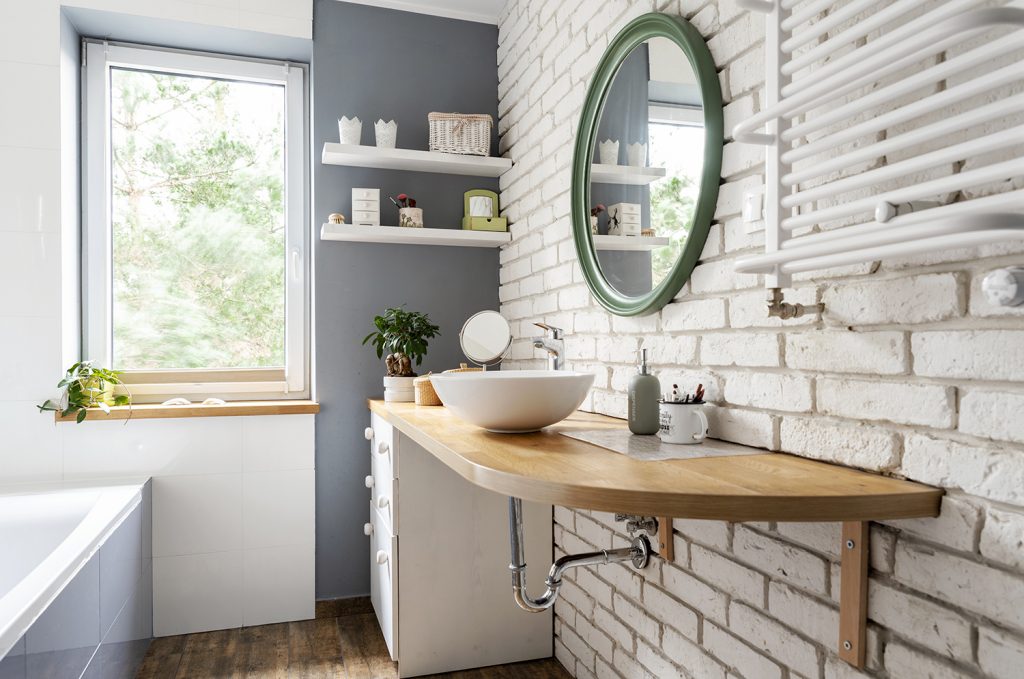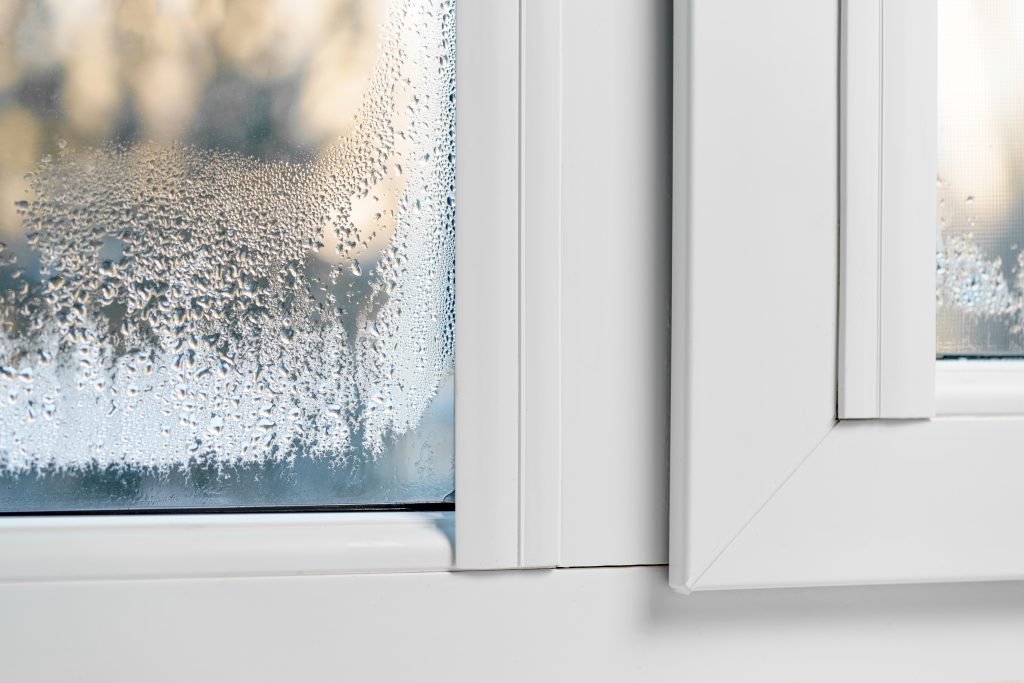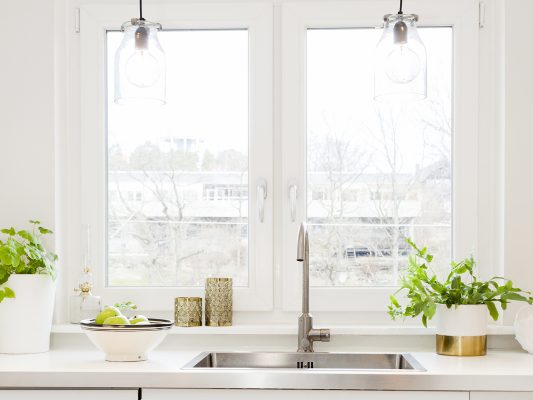It’s annoying, isn’t it? You wake up each morning, open the curtains only to discover that the double glazed windows are covered in condensation, again.
What gives? Why does this keep happening?
There are lots of reasons condensation appears on double glazed windows, and while you won’t stop it entirely, there are a number of things you can do to minimise it as much as possible.
Here are five ways to reduce condensation build-up in double glazed windows. Be sure to add them to your home owner checklist!
When the weather allows, dry clothes outside
During the spring and summer months, drying your clothes outside is a far better option, and not only because they usually end up smelling nicer.
While drying clothes indoors, the moisture they contain will enter the atmosphere in your home and add to the condensation you’re experiencing on your double glazed windows.
So, get outdoors and dry your clothes as naturally as possible when the weather allows!
Keep your kitchen and bathroom doors closed
In most homes, the biggest culprits for condensation are the bathroom and kitchen.
The reason is obvious, when you think about it. Whether you’re running a hot bath, having a shower, or boiling pasta, that’s a lot of moisture you’re discharging through the air and sending right through the house.

Shut the doors to these two rooms if you can, whenever they’re in use. And always remember to turn on the extractor fans in these rooms, to ensure that as much moisture as possible is expelled from the room.
Finally, it is a good idea to cover saucepans with lids when cooking too, to reduce excess water vapour in the air.
Create a 50mm gap between furniture and walls
Bet you didn’t think of this one.
If your furniture is pushed up tight against walls, you’re not allowing air to circulate effectively around the home. And, when that happens, moisture will build up, causing condensation to appear on the windows.
Make sure all furniture has at least a 50mm gap from the wall – it makes a bigger difference than you might think.
Ensure the heating is adequate
Do you have adequate radiators or storage heaters in your home? If so, are they turned on?
Heating your home plays a big role in reducing the amount of condensation you experience on windows. This is because condensation occurs when the temperature of an object (such as a pane of glass) falls below the temperature at which air needs to be cooled to achieve saturation. This is much more likely to happen during the colder months, and when humidity levels are high.
By heating each room optimally, so that the temperature is evenly balanced throughout the house, you’ll reduce condensation whilst also making your home more energy efficient.
Check windows for damage
Unfortunately, it is quite common for condensation to become trapped in the air gap between the two panes of glass, and this is often due to wear and tear issues such as damaged seals or a lack of moisture-absorbent desiccant in the spacer bar between the windows. It could also be due to a number of potential manufacturing defects.
Not only does this type of condensation look bad, it is also frustrating as there is no way you can get inside the panes to clear it, without taking the window frame apart. If the uPVC units are in a fairly good condition, you may be able to get away with simply repairing or reconditioning the sealed units.
If your double glazed windows are less than 10 years old, they may still be under guarantee, in which case the company who supplied them should be able to carry out repairs for free. However, if your windows are older, or your original guarantee has expired, you will need to pay to have them repaired.

In most areas, there are specialist companies who can repair or recondition faulty units. Depending on the extent of the damage, it may ultimately be more cost-effective to replace the units completely if your double glazed windows are coming towards the end of their natural life anyway.
If you have followed the tips already mentioned but still experience lots of moisture on or in between your windows, give them a thorough check over. Look for degraded seals, cracks in the frames, warping, or anything else that might need a professional’s eye.
Carry out these checks every six months or so, and you should be able to keep on top of condensation issues – and subsequent mould issues – before they become more serious.
Wrapping up
These tips should help you get to the bottom of your condensation problems.
Just remember you probably won’t get rid of it entirely – but you certainly shouldn’t expect to see water streaming down the windows every morning when you open the curtains!
